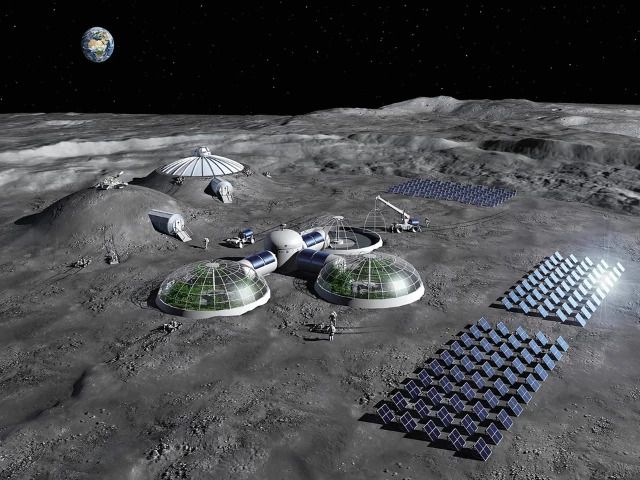South Korea has announced plans to establish a lunar base by
2045, marking a significant leap in the nation’s space exploration
ambitions, Azernews reports, citing Tribune.
This goal is part of a comprehensive exploration roadmap
revealed by the Korea Aerospace Administration (KASA) on July 17,
which outlines several key missions in lunar exploration, space
science, and microgravity research.
KASA’s ambitious plan includes developing homegrown technology
for lunar landings, rovers, and resource extraction, such as mining
water ice from the moon.
The nation is also focused on preparing the necessary
infrastructure to support long-term lunar missions.
The blueprint aims to see South Korea land a robotic mission on
the moon by 2032, with a more advanced lander under development for
a potential mission in 2040.
The goal of constructing a permanent economic base on the moon
by 2045 is part of the country’s broader vision to enhance its
position in global space exploration.
South Korea is already laying the groundwork for its lunar
aspirations. In August 2022, the country successfully launched its
first moon probe, the Korea Pathfinder Lunar Orbiter (Danuri),
which reached lunar orbit and continues to study the moon.
In addition, prototype lunar rovers have been tested in an
abandoned coal mine, simulating conditions for potential space
mining operations.
KASA’s goal is to foster innovation that can eventually lead to
a sustainable lunar presence, similar to plans announced by other
space-faring nations, according to Space.com.
The United States, through NASA’s Artemis programme, is also
working on lunar bases, while China has partnered with Russia for a
similar endeavour. India, too, has its sights set on building a
moon base by 2047.
In addition to its lunar ambitions, South Korea’s space agency
is also eyeing Mars, with aspirations of conducting its first Mars
landing by 2045.
As nations around the world ramp up their efforts for lunar
exploration, South Korea’s goal reflects the increasing global
interest in the moon as a hub for scientific and economic
opportunities.
